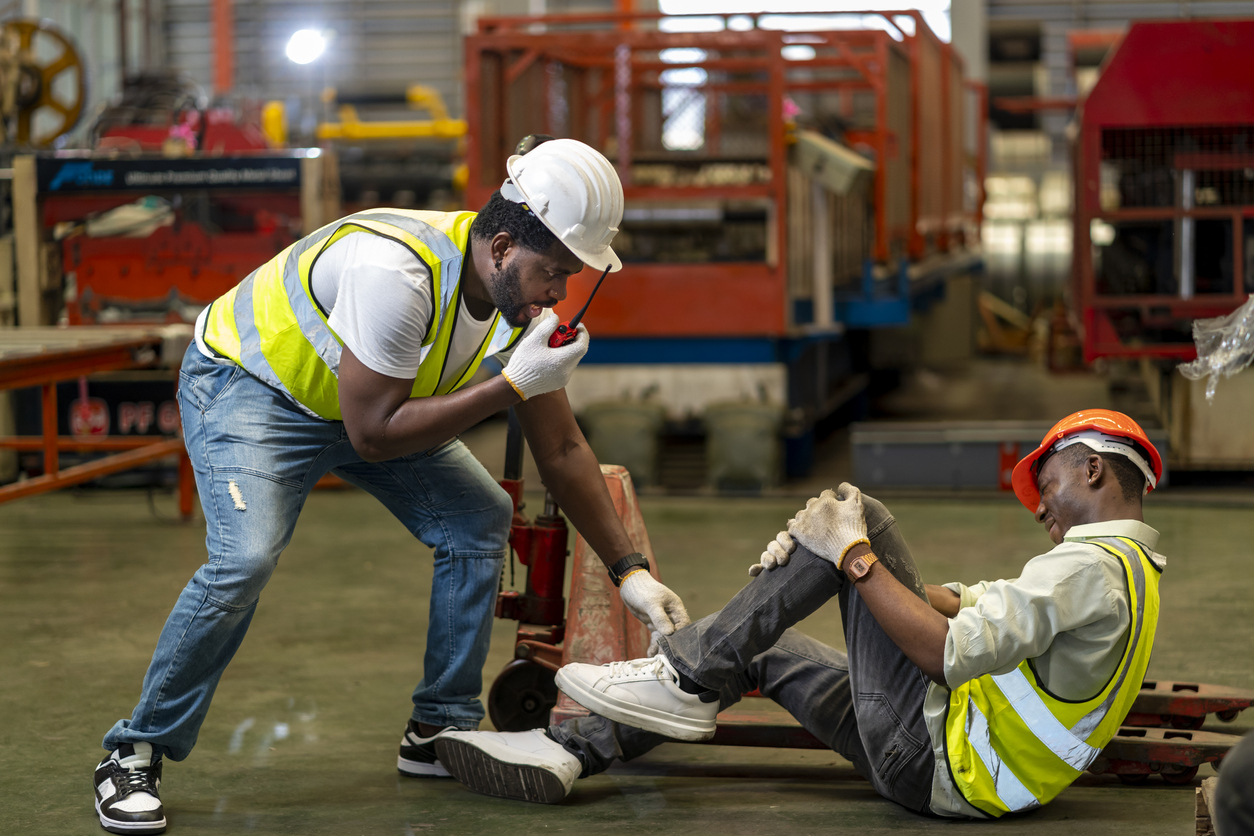Preventing accidents on the construction site is vital to avoid catastrophes and lawsuits, as well as keeping everyone safe. Construction workers face many dangers at work. Even though these professionals play a critical role in our economy, we seldom acknowledge that they often deal with hazardous materials and work in dangerous environments.
Owners of construction businesses implement measures that guarantee a secure workplace. While contractors’ insurance can help deal with the consequences of accidents and unforeseen events, it shouldn’t replace planning and preventive action.
Why Preventing Accidents is Essential
The rise in construction-related accidents and injuries highlights the importance of preventive measures. Data provided by the Occupational Safety and Health Administration (OSHA) reveals that the construction industry in the U.S. accounted for over 20% of all workplace deaths in the previous year.
Most of these incidents seem avoidable when looking at the most common OSHA infractions in the construction industry. The following are some of the methods construction personnel can use to prevent accidents at construction sites:
Train Workers on Modern Safety Practices
All employees, whether new hires or experienced professionals, should undergo on-site safety training. All personnel should know safety regulations and potential workplace risks. Then, the company should document the company’s safety policy in a training handbook.
Conduct Regular Meetings for Worker Safety
There should be periodic safety meetings to ensure everyone is on the same page. These meetings could cover safety procedures and preventive measures that new hires should be aware of. Team leaders and managers could also use this opportunity to inform the team of relevant changes and modify policies and procedures as needed.
Conduct Periodic Maintenance of Equipment
There is a heavy reliance on critical tools and equipment in the construction industry. Because these are crucial to safety and work quality, there should be a better effort to maintain their functionality and optimal working condition.
Regular equipment inspection is essential. Identifying potential problems as soon as possible is necessary to ensure worker safety. These steps could prevent injuries and deaths resulting from broken or faulty equipment.
When Workers Hurt Themselves on the Site
Workers’ compensation insurance may cover accidents on construction sites. Additionally, someone can issue a third-party claim against a construction site for safety lapses and negligence, whether or not they result in injury.
Construction site owners and managers may be liable for general carelessness, lapses in safety policy, and product liability. Workers or third parties with a grievance with a particular construction firm should consult a lawyer to determine their legal options.
How Do Injury Claims by Construction Employees Work?
Employees injured or falling ill while performing their official job-related duties at a construction site may be eligible for workers’ compensation. If they receive approval on their claim, they can pay for their medical treatment with the monetary compensation they gain. It may also help them compensate for earnings they missed while unable to work.
Under the principle of premises liability, workers and visitors injured on construction sites may also file personal injury claims. In these cases, people bring claims against the owner or contractor for losses incurred by the accident. When someone files such a claim, an insurance adjuster will investigate the incident and decide whether the insurer should pay the claim or contest liability.
About RBC Insurance Associates
As an independent insurance agency, our clients’ interests come first at RBC Insurance Associates. Our goal is to provide a comprehensive, tailored insurance program that addresses your needs. We accomplish this by working with some of the finest insurance companies in the industry with the highest ratings. We will negotiate on your behalf to get the best policy terms and pricing for your program.
Here is just a sample of our leading insurance carriers.

